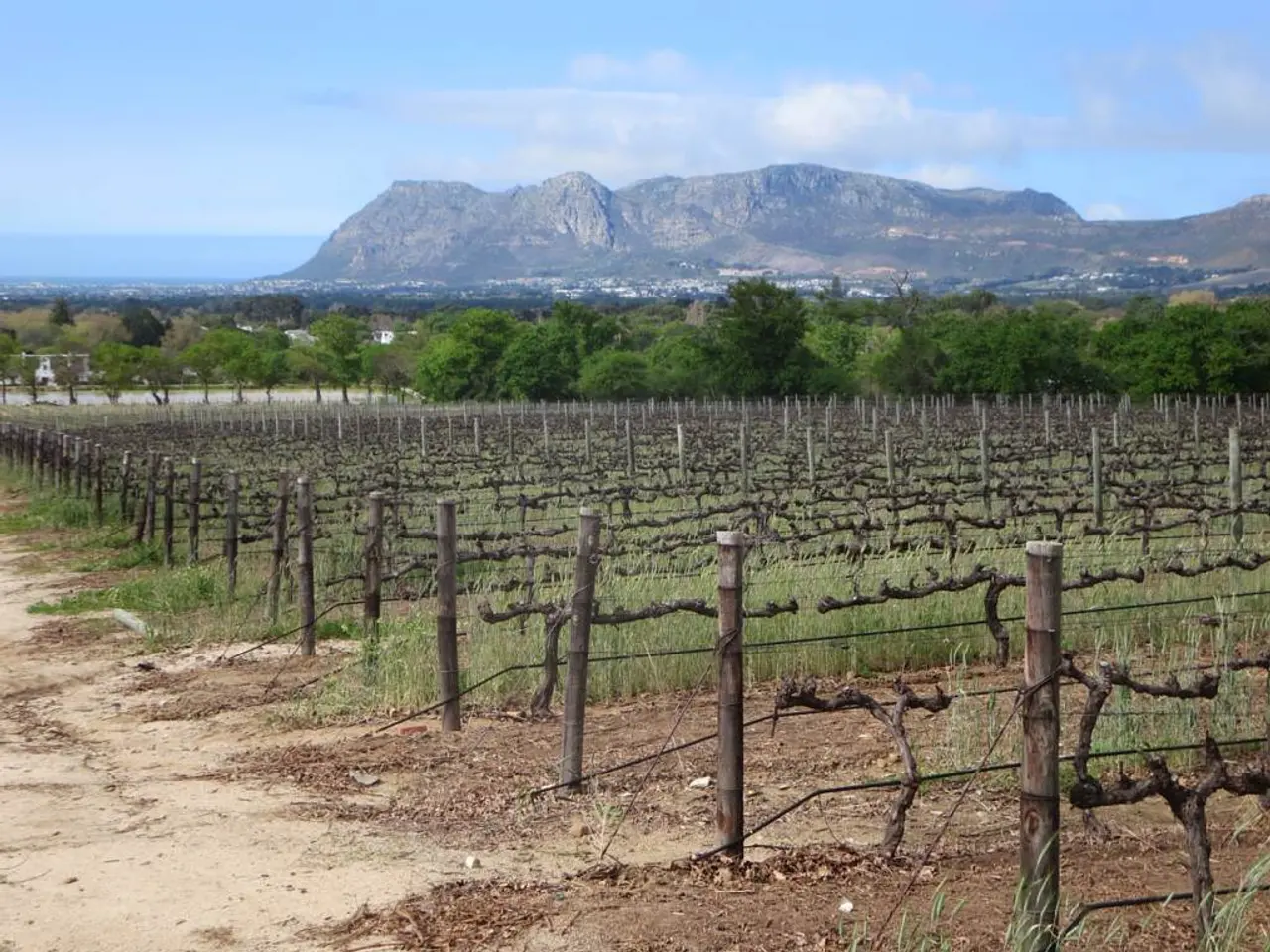Comprehensive Study on Historical Farmland Values in India
Farmland prices in India are on the rise, with notable regional variations influenced by factors such as location, soil quality, water availability, and government policies.
In arid regions like Rajasthan, land prices are projected to increase by about 19% due to technological advances like drip irrigation and drought-resistant crops, which improve productivity despite harsh conditions. On the other hand, fertile regions like Punjab exhibit more moderate price increases of around 4%, supported by automation and AI-driven agricultural practices.
Location plays a critical role in farmland prices, with land near urban centers or well-developed infrastructure attracting higher prices due to development potential. This trend is evident in the first half of 2025, where real estate developers were actively acquiring land, particularly in metropolitan and tier 2 and 3 cities, driven by urban expansion and development prospects.
Water availability, closely tied to soil quality and agricultural viability, remains a key determinant of land value in India. Advances in water-saving technologies like drip irrigation are improving farmland value in drier areas by enhancing sustainable water use and yields.
Government policies also heavily influence farmland prices. India's sensitivity to agricultural imports and past contentious farm laws show a balancing act between protecting farmers' interests and market liberalization, both affecting land value dynamics and future prospects.
Technological trends, such as the rapid adoption of affordable agricultural drones, are increasing farm productivity and sustainability, thus supporting farmland value growth. This integration of precision agriculture technology will likely bolster farmland prices by enabling more efficient resource use and higher yields.
The price of farmland in India has steadily increased over the past 20 years. Soil fertility and quality significantly impact the value of farmland, especially in areas where farming is the main industry. With growing urbanization, new farming techniques, and increasing demand for organic food, farmland remains a good investment.
North India, especially Punjab and Haryana, has high farmland values due to rich soil and well-established agricultural infrastructure. In contrast, states like Tamil Nadu and Karnataka have experienced notable growth in farmland prices due to their proximity to major cities and growth of agro-industrial zones, making them the highest premium land costs in South India.
States like Rajasthan are gaining attention due to their innovative approaches to water management and renewable energy initiatives. Smart irrigation methods, IoT devices, and precision agriculture are revolutionizing traditional farming, with more investors interested in properties using environmentally beneficial methods like organic farming and renewable energy.
A fair approach to valuation that considers past trends and future prospects is important due to the unpredictability of property prices. As India continues to urbanize and adopt new technologies, the future outlook suggests continued appreciation driven by technological adoption, sustainability improvements, and urban development pressures, tempered by policy uncertainties around trade and agricultural protection.
In the context of emerging innovative farming methods, smart irrigation techniques in states like Rajasthan could lead to increased investments in organic farming, potentially boosting the value of farmland. Concurrently, government policies focused on protecting agricultural interests and fostering market liberalization will significantly impact the dynamics and future prospects of farmland prices, particularly in regions like Punjab and Haryana.




